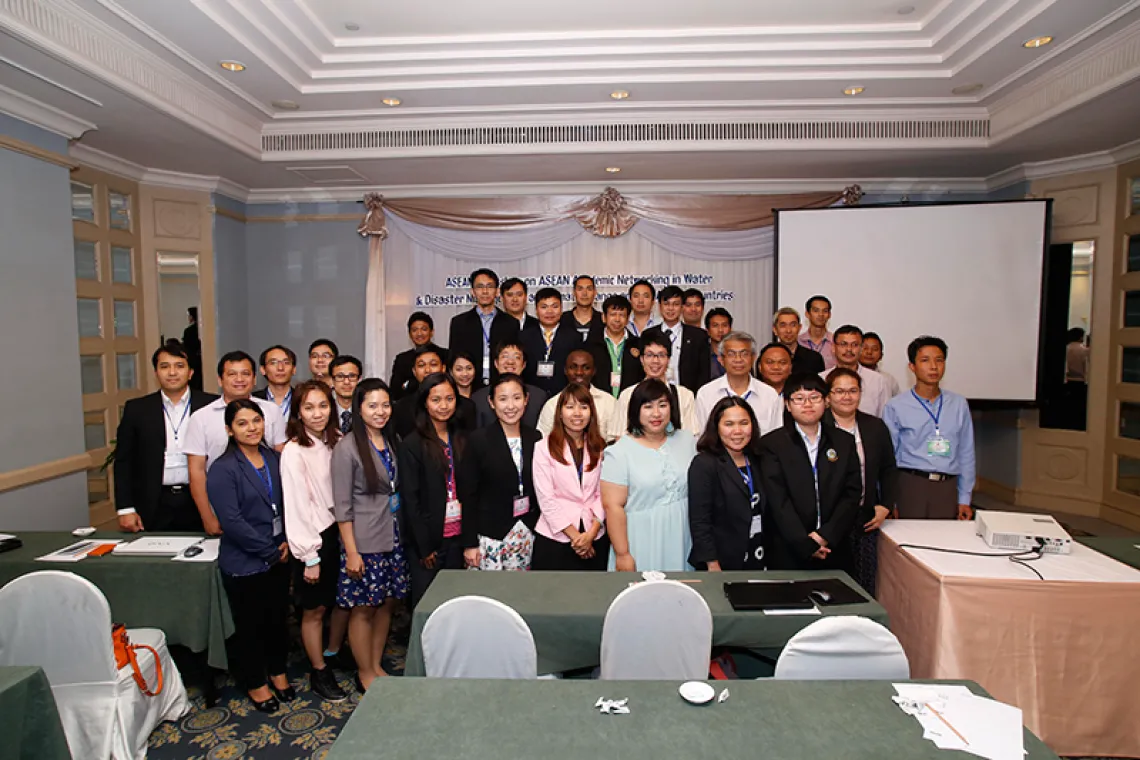Technical training session on PERSIANN held during Thai Hydrologist Association's (THA) 2015 conference

About 50 water scientists and engineers attended a technical training session on “Satellite-based Rainfall (PERSIANN) for Planning and Management for Natural Disasters in Monsoon Asia”. The session was held on 29 January 2015 during the Thai Hydrologist Association's (THA) 2015 conference.
The session leadership included Prof. Xin Li (Asian G-WADISecretariat, Cold and Arid Regions Environmental and Engineering Research Institute (CAREERI), Chinese Academy of Sciences (CAS), Assoc. Prof. Sucharit Koontanakulvong and Dr. Piyatida Hoisungwan, Department of Water Resources Engineering, Chulalongkorn University, and Dr. Phu Nguyen (Center for Hydrometeorology and Remote Sensing (CHRS), University of California – Irvine (UCI). Dr. Ramasamy Jayakumar of UNESCO’s Asia and Pacific Regional Bureau for Education and Dr. Anil Mishra of UNESCO-IHP helped conceptualize and support the session.
The technical training session mainly focused on the G-WADI Precipitation Estimation from Remotely Sensed Information using Artificial Neural Networks – Cloud Classification System (PERSIANN-CCS) GeoServer. The system has been successfully developed by CHRS with significant support from G-WADI. The G-WADI PERSIANN-CCS GeoServer employs state-of-the-art technologies in remote sensing and artificial intelligence to estimate rainfall globally from satellite imagery in near real-time and with high spatiotemporal resolution. It offers graphical tools and data service to help the user in emergency planning and management for natural disasters related to hydrological processes.
The training session also introduced two new precipitation products developed from PERSIANN including PERSIANN-CONNECT and PERSIANN-CDR. PERSIANN-CONNECT is a searchable database of global extreme precipitation events with various climate characteristics. PERSIANN-CDR is a climate data record of precipitation for over 30 years and is derived from PERSIANN. Both products are useful for studying climate and extreme precipitation events, such as heavy rainfalls during the monsoon season.
As an outcome of this meeting, the ASEAN Academic Research Group plans to create a sub-group on PERSIANN. In addition, the UNESCO Bangkok Asia and Pacific Regional Bureau for Education plans to work with this sub-group, Global G-WADI, and Asian G-WADI to develop a PERSIANN training manual for Asia. This effort will be led by researchers at Chulalongkorn, CHRS and CAREERI.
More information on PERSIANN and related tools is available at https://chrs.web.uci.edu/.
